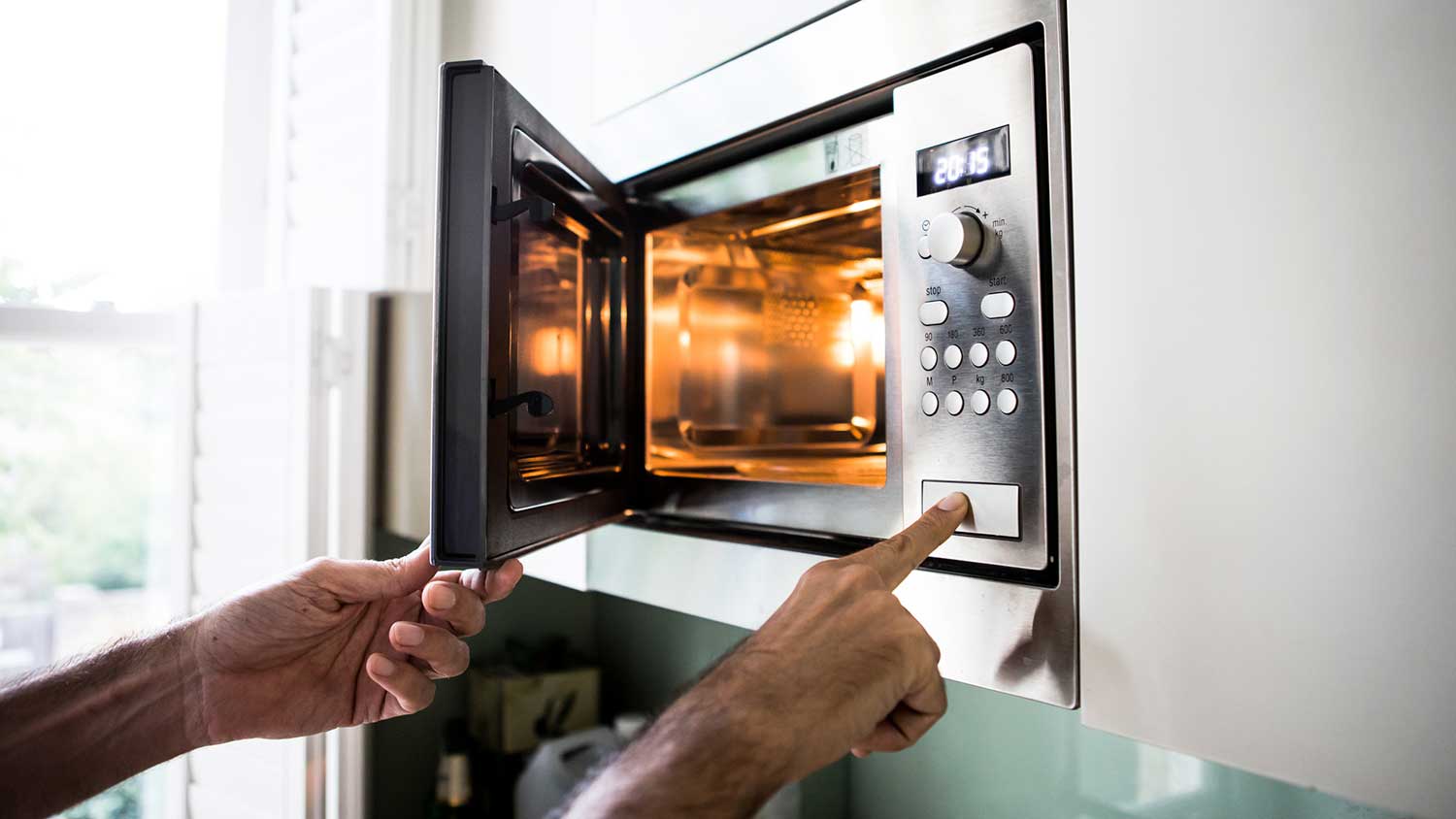How Many Outlets on a 20-Amp Circuit: Electrical Load, NEC Requirements, and More
Counting out your outlets isn’t the best way to plan a circuit


However, when you’re wiring a house, there are other factors to consider when planning out your circuits, such as the amperage of the devices and appliances you’ll be plugging in. Here we cover everything to consider when determining how many electrical outlets to install for a single circuit.
Calculating Your Electrical Load

Rather than counting the number of outlets, the best way to determine how many outlets to put on a 20-amp circuit is to calculate the electrical load that you’ll be placing on that circuit. To do this, you’ll need to know the power rating of your devices and appliances—this is presented in watts, and typically found on a small sticker or in the user manual. Once you know the power rating in watts, you can use this simple formula to relate it to your circuit’s amperage rating:
Amps x Volts = Watts
In the case of a 20-amp circuit, we know the amperage is 20. As for the voltage, most rooms in the average U.S. home operate on a 120-volt circuit. This means that with 120V on a 20-amp circuit, you can have a maximum power capacity of 2,400 watts.
Understanding Amps and Circuit Capacity
Amps—short for amperes—are units that measure the flow of electric current in a circuit. Circuit capacity refers to the maximum amount of current that can flow safely through a circuit without causing issues such as overheating and tripped breakers. A 20-amp circuit can handle up to 20 amps of electrical current, while a 15-amp circuit can only take up to 15 amps. Keep in mind that these numbers represent a constant load rather than a single peak load, which may momentarily exceed the circuit’s capacity.
The National Electrical Code (NEC) 80% Safety Rule

The National Electrical Code (NEC) doesn’t specify how many outlets can go on a 20-amp circuit. Instead, it focuses on the circuit’s maximum power capacity—2,400 watts in this case—and recommends a safety margin of 80% of that load’s total capacity. This means that rather than using up the full 2,400 watts of power, your load for a 20-amp circuit should be no greater than 80% of 2,400 watts, giving you an actual capacity of 1,920 watts or 16 amps.
Assuming the standard maximum power draw of 1.5 amps per outlet, you’d take 16 amps and divide it by 1.5 amps, giving you a total of 10.67, which you’d round down to 10 outlets for that circuit. Again, though, this is just an estimate, and the final answer will come down to electrical load.
Evenly Dispersing Your Electrical Load
From constantly tripping circuit breakers to the risk of an electrical fire, overloading your circuits can lead to a number of issues. To get the most from your circuits without going overboard, it’s a good idea to combine lights and electrical outlets on the same circuit. Lights generally consume less power compared to appliances, so it makes sense to spread them out across each circuit to help evenly distribute the load and eliminate the need for separate lighting circuits.
However, keep in mind that certain kitchen appliances, such as dishwashers, require their own dedicated circuits. This means that you shouldn’t connect anything else, not even lights, to the circuit used exclusively for the appliance. Installing a dedicated setup ensures that the high-power appliance receives sufficient power with minimal risk of circuit overload.
When to Call an Electrician
Electrical systems are complex and hazardous, and safety should always be a top priority. If you’re unsure about how many outlets are on a 20-amp circuit, or other considerations for your home’s electrical system, always reach out to an expert for assistance. Contacting a local electrician will ensure your outlets are installed safely, conveniently, and in compliance with local building code regulations.



- Home Generator Repair
- Lamp Repair
- Electric Repair
- Generator Installation
- TV Antenna Services
- Emergency Electricians
- Commercial Electricians
- Attic Fan Installation
- Attic Fan Repair
- Exhaust Fan Installation
- Electric Inspectors
- Subcontractors
- Electrical Construction
- EV Charger Installer
- Chandelier Installation
- Doorbell Installation
- Bathroom Fan Installation
- Ring Installers
- Electrical Panel Upgrade
- 5 Reasons Why Your Appliance Keeps Tripping Your Circuit Breaker
- How to Fix a Short Circuit in Your Home
- How Does a Circuit Breaker Work?
- Is It Dangerous If a Circuit Breaker Keeps Tripping?
- Electrical Load Calculation: 7 Steps to Determine Your Home’s Electrical Needs
- How To Use a Wire Gauge Amp Chart
- How Many Amps Does a Fridge Use? A Look at Full and Small Sizes
- How to Tell if a Circuit Breaker Is Bad (and What to Do About It)
- How to Replace a Circuit Breaker: A Complete Guide
- Amps vs. Volts vs. Watts: Everything You Need to Know










